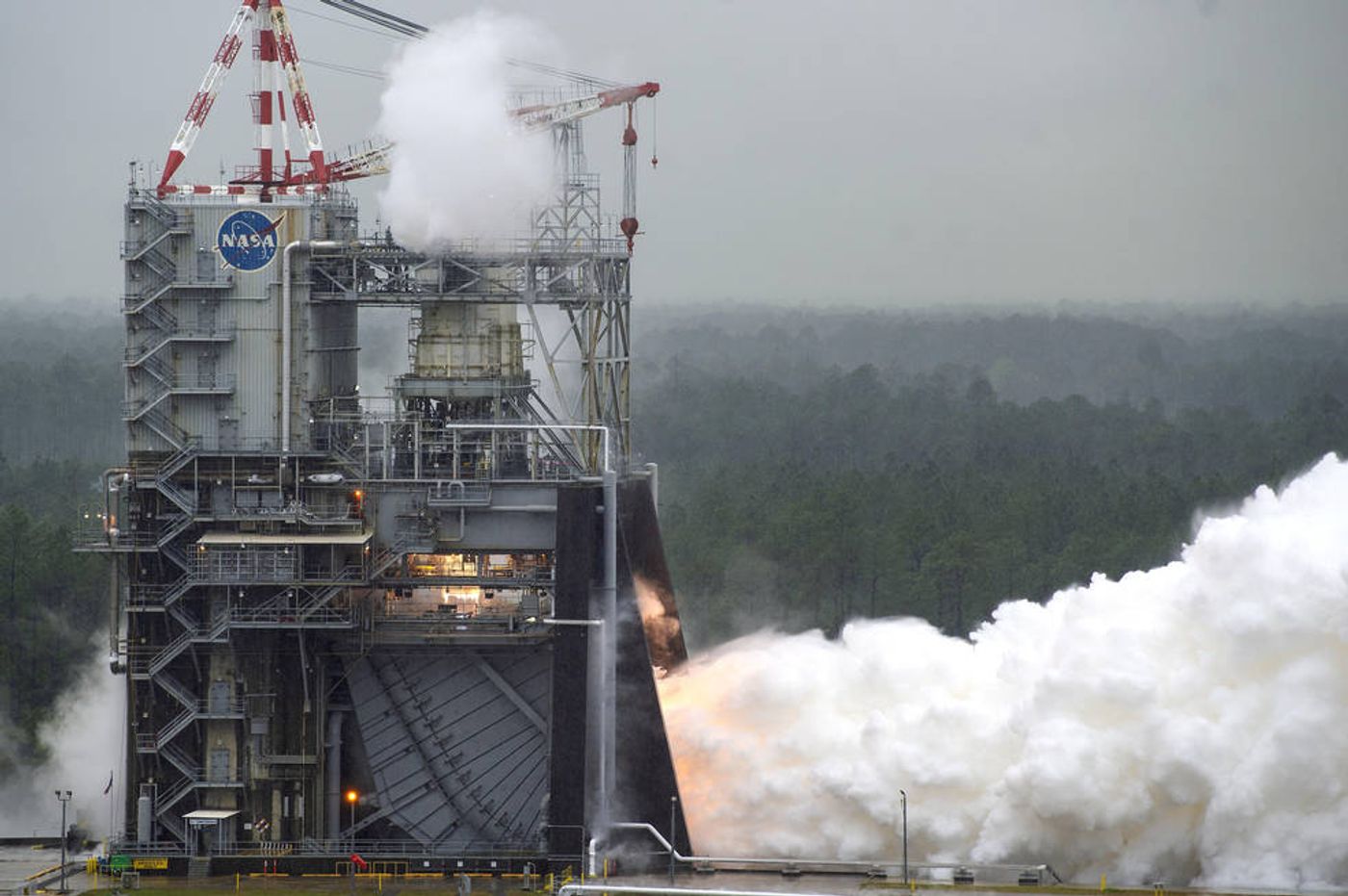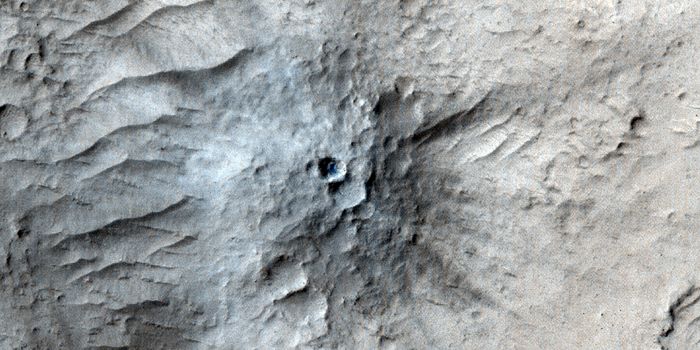NASA Test-Fires the Last of its Leftover RS-25 Engines for the Upcoming SLS Rocket
NASA acknowledged just under three weeks ago that it was having trouble meeting the stringent development deadlines for its Space Launch System (SLS) rocket – the space vehicle that will eventually ferry astronauts to the Moon and beyond – but the American space agency continues to push on with the platform’s development despite these complications.
Image Credit: NASA/SSC
Citing an official statement from NASA, agency engineers conducted a static test-fire of the SLS rocket’s RS-25 flight engine No. 2062 at the A1 test stand at NASA’s Mississippi-based Stennis Space Center on Thursday. But perhaps more importantly, this particular test-fire realized an essential milestone in the SLS rocket’s development.
As it would seem, NASA has now tested every one of its 16 available engines without a hitch. This is terrific news in terms of the SLS rocket’s development because it means NASA won’t need to waste any time improvising in the engine department.
“Engines are now a ‘go’ for missions to send astronauts forward to the Moon to learn and prepare for missions to Mars,” exclaimed Johnny Heflin, the deputy manager of NASA’s SLS Liquid Engines Office. “We’re ready to provide the power to explore the Moon and beyond.”
Related: The first SLS rocket launch will be uncrewed for safety assessment purposes
Notably, these engines aren’t new to NASA – in fact, the space agency has a long history with them. They were formerly built to be the Space Shuttle’s main engines, and now that the Space Shuttle program is retired, NASA is repurposing them because they can generate the immense thrust that NASA’s massive SLS rocket will require.
As NASA explains, the engines were designed to sustain an operating threshold of ‘100 percent’ during the Space Shuttle era, and engineers tweaked them to operate at 104.5 percent back in the day. But even that won’t be enough for the SLS rocket; NASA intends to push the tried-and-true engines to an operating threshold of 111 percent with additional power to spare using just engine controller upgrades and other minor modifications.
Given the satisfactory results of some of NASA’s most recent static test-fire assessments, it seems that the RS-25 rocket engine is more than capable for the job. That said, NASA is contracting with manufacturer Aerojet Rocketdyne to build more engines such that the space agency will always have a cache of them on hand when a mission necessitates them.
All the delays in recent memory have made it tough to discern when exactly NASA’s SLS rocket will carry astronauts into space, but the most recent approximation on the space agency’s behalf implies that astronauts could fly around the Moon in an Orion spacecraft launched via SLS by 2022.
As always, only time will tell if NASA can meet this deadline, but the developments made along the way should be exciting nonetheless.
Source: NASA









